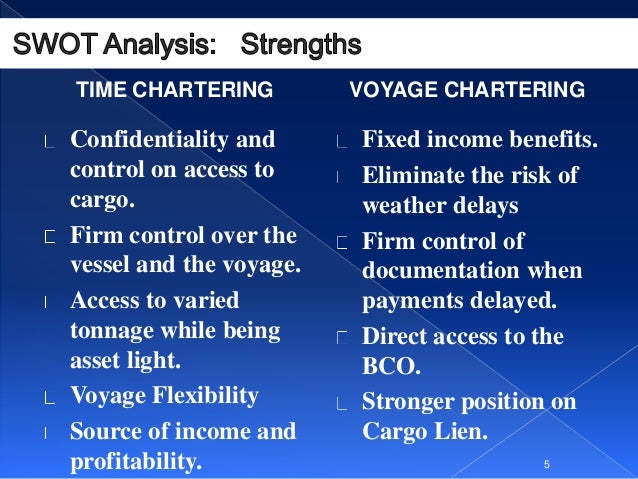Operation of sea-going bulk carriers posed a number of risks. The most important shipboard issues need the use of a careful plan and care. This site provides quick details to the international shipping community about how to load and disperse bulk cargo. However, it must not exceed the restrictions that are set by the classification society. It is crucial to limit the risk of stressing the ship's structure , and adhering to all security measures to ensure a safe sea voyage. Our detail pages provide information on a variety of bulk carrier-related topics that could be interesting to people working on board or ashore at the terminal.
General characteristics of a seagoing bulk carrier
Bulk carriers are vessels with a single deck that are fitted with top-side tanks and side tanks. They are made for single-commodity bulk cargo. Solid bulk cargo is any material, that is not gas or liquid composed of particles, granules or any larger piece of material, generally homogenous in composition. It is loaded directly into cargo spaces of a ship without immediate confinement. Dry cargo comprises sugar, bulk grains, and even ores. The bulk carrier is a ship that is used primarily for transporting large or liquid cargo. It also includes tankers. The term is commonly used for ships that transport bulk solid cargoes. This would include grains and similar agricultural products. Peruse this handymax bulk carrier blog for more.

What Exactly Is A Bulk Carrier? The Following Are The Most Important Characteristics Of Bulk Carriers:
"A ship which is intended primarily to carry dry cargo in bulk, including such types as ore carriers and combination carriers"
-Carrying capacity varying from 3,000 to 300,000 tonnes
Average speed of 12-15 knots
-Single deck ships, ie no tweendecks
Carriers of small- to medium-sized bulk (carrying up to 4000 tonnes) are typically equipped with equipment for handling cargo. Larger vessels rely on facilities that are located on shores, which allows the loading and unloading of cargo.
The cargo hold is usually large, without any obstructions. They also have bigger hatches to facilitate the easy loading and unloading of cargoes
A single cargo hold is generally identified as a ballast storage. This can also be used for stability enhancements on ballast journeys. Two or three additional holds may be permissible to ballast in part at ports, but only
They are able to be used as single-pull, hydraulic or stacking (piggy back) steel hatch covers.
-Four types and sizes of ballast tank:
Sloping topside wing tanks
Bottom of wing slopes downwards tanks
Double bottom tanks
Peak and post peak water tank.
Bulk solid cargo? Any substance other than liquid or gas, consisting of a combination of particles, granules or any larger pieces of material, generally homogenous in composition and loaded straight into the cargo spaces without any intermediate type of confinement. It is imperative to ensure that all cargoes you carry are ready to be loaded, regardless of whether they are "clean" or "dirty", and that there is no contamination. To load cargo, it is essential to wash the area thoroughly. Surveyors may be required to ensure that the space is ready to load. To prevent contamination, it's essential to get rid of any leftovers from a previous cargo. The damage to bulk cargoes is mostly due to water. Thus it is not enough that the hold be dry in order to hold cargo, but the hatch covers should be watertight, or in the event of necessity closed to stop the ingress of water. All fittings inside the hold (ladders and pipe guards, bilge cover, etc.) should be inspected. It is recommended to inspect each fitting in the hold (ladders,pipe guards, bilge covers...) to ensure that they're in good functioning order. If they're not correctly fitted, these pieces of equipment can cause significant damages to conveyor systems which could lead to delays. Check out this handymax bulk carrier specialist for more.

Bulk Carrier and Bulker It is built for transporting dry cargo. A typical bulk carrier has a single deck, one skin, and a double bottom. It also includes topside tanks, hopper side tanks, and cargo space tanks. Bulk carriers are designed to carry a maximum deadweight of bulk cargo of any kind from heavy ore to light grain . The process of loading, carrying and the release of dry bulk cargo is more difficult than many people imagine.
Gearless Bulk Carrier
A lot of bulk cargoes could have dangerous properties or may undergo modifications during transport. The ship can be easily damaged by improper loading e.g. There is a possibility for a ship to bow if not loaded properly. This is known as "stress?" It can result in serious implications for sea life in adverse weather conditions. Remains of previous cargoes may also seriously effect latter cargoes. Some bulk cargoes are susceptible to water damage. cement power. It's not easy to verify true weights or quantities of cargoes that are loaded or discharged. All of these factors have serious consequences for safe bulk cargo transport. Discharging bulk cargo using? Bulk cargoes have an inherent tendency to form a cone when they are loaded if conveyor belts and similar systems aren't monitored and controlled. The angle at which the cone creates is known as the angle, or repose'. It varies for every cargo. Cargoes made of iron ore for instance, will make an angle-shaped cone. Cargoes that are free to move around freely will result in a cone with a shallow angle. A cargo that has a low angle of repose has the possibility of shifting during the passage. For certain cargoes, bulldozers may be needed to spread the load into the sides of the holds as cargo is nearing completion. The majority of dry bulk carriers rely on shoreside facilities for loading and discharging cargo however some bulk carriers have self-unloading capabilities with conveyors underneath the cargo hold, or with cranes on deck.
